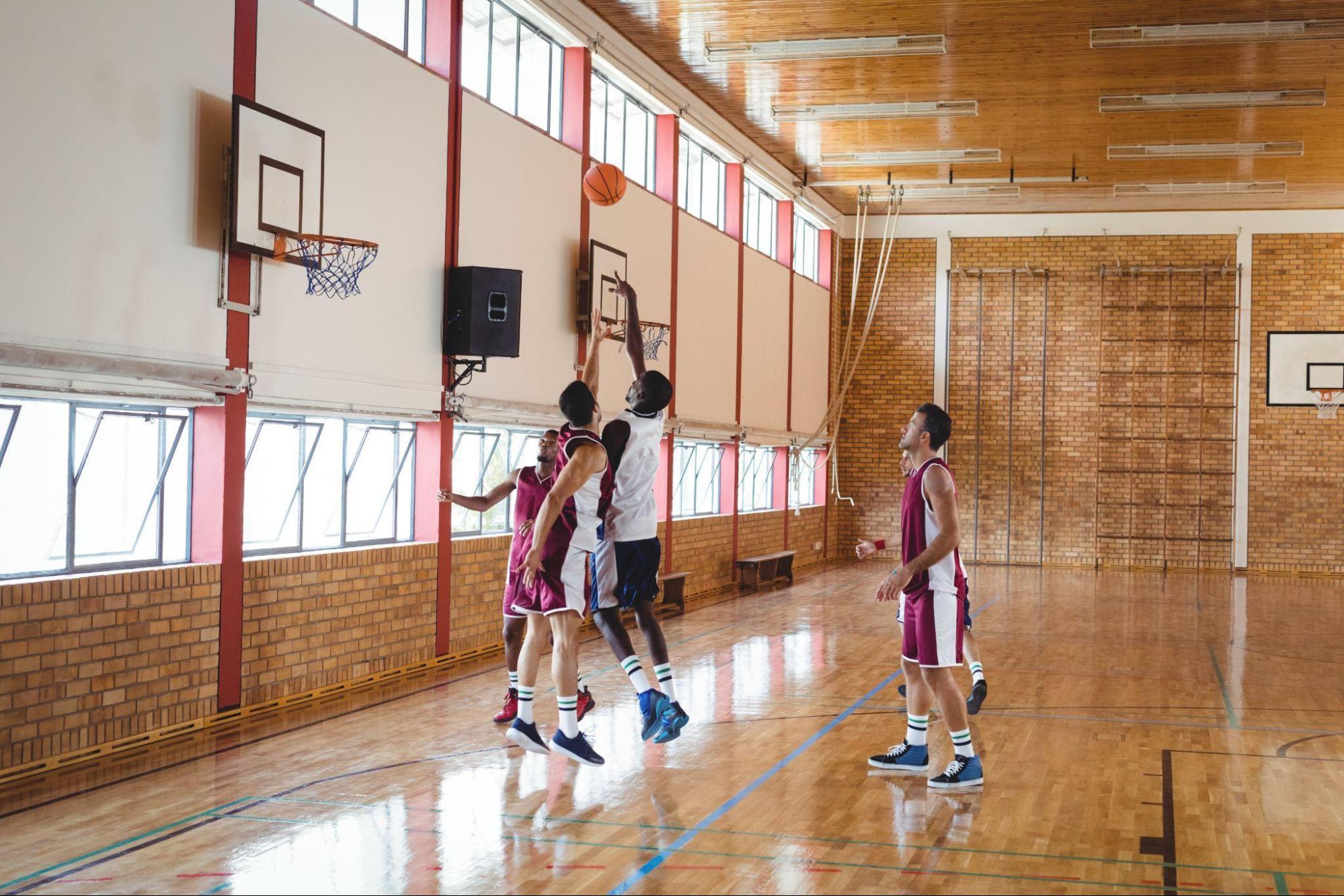
Basketball Sports Injuries: Treatment and Prevention Tips
Playing basketball is one of the best ways to stay healthy and fit while having fun, but it can also come with risks. Even experienced athletes who take proper precautions can still suffer from sports injuries that threaten their active life and career. That’s why understanding common basketball-related injuries, including the various treatment and prevention methods, is absolutely essential for any athlete engaged in this fast-paced game.
In this blog, we will provide an overview of various basketball-related sports injuries, along with tips on how to manage them effectively through physiotherapy and prevention strategies.
4 Common Basketball-Related Sports Injuries That You Should Know About
1. Ankle Sprains
- Lateral Ankle Sprains: Lateral ankle sprains are the most common type of ankle injury in basketball. They occur when the foot rolls inward, leading to the stretching or tearing of the ligaments on the ankle’s outer side. This often happens during a quick change of direction or when landing after a jump.
- High Ankle Sprains: High ankle sprains, also known as syndesmotic sprains, involve the ligaments connecting the tibia and fibula bones above the ankle joint. These sprains are less common but can be more severe and require longer recovery times. They are typically caused by a forceful twisting or rotational movement of the ankle.
- Medial Ankle Sprains: While less frequent than lateral sprains, medial ankle sprains can still occur in basketball. These sprains involve the ligaments on the inner side of the ankle and are often caused by sudden, forceful movements that push the foot outward.
The severity of an ankle sprain can range from mild, where the ligaments are only slightly stretched, to severe, where one or more ligaments are completely torn.
Thankfully, physiotherapy offers effective solutions for treating ankle sprains. A well-crafted regimen of physiotherapy can alleviate pain, improve joint mobility, and foster faster recovery. Moreover, physiotherapy for ankle pain involves conditioning and strengthening exercises and balance and proprioception exercises which reduce the risk of recurrent sprains, enabling athletes to engage in their sport confidently and safely.
2. Patellofemoral Pain Syndrome
Patellofemoral pain syndrome, commonly known as runner’s knee, is characterised by pain in or around the kneecap. This condition results from stress placed on the patellofemoral joint, the point where the kneecap meets the thigh bone, and is commonly found in athletes who engage in sports that involve frequent jumping and running.
Physiotherapy can significantly mitigate the impact of patellofemoral pain syndrome. Tailored physiotherapy to treat knee pain in Singapore, such as that offered by Rapid Physiocare, aids in pain alleviation and promotes optimal knee function. It also introduces preventive measures, strengthening the knee muscles and enhancing joint stability to stave off future occurrences.
3. Achilles Tendinopathy
Achilles tendinopathy is a sports injury that stems from repetitive or intense strain on the Achilles tendon, the largest tendon in the body that connects your calf muscles to your heel bone. Basketball players are particularly prone to this injury due to the repetitive jumping, cutting, and sprinting movements involved in the sport.
- Achilles Tendinitis: Achilles tendinitis is the term used to describe inflammation of the Achilles tendon. It often occurs as an acute condition due to sudden overload or excessive stress on the tendon. This can happen from intense jumping, repetitive pushing off, or changes in training intensity without adequate rest.
- Achilles Tendinosis: Achilles tendinosis refers to a degenerative condition of the Achilles tendon. It develops over time due to chronic overuse or repetitive microtrauma. Players who continuously place excessive stress on the tendon without proper recovery may be at risk of tendinosis. It is characterised by changes in the structure and composition of the tendon.
As part of a physiotherapy routine, it’s important to incorporate eccentric/ isometric strengthening to improve tendon resilience. A progressive approach that aids with a gradual return to playing basketball is also essential to minimise the risk of irritating the tendon again.
4. Muscle Strain
Muscle strain, often referred to as a pulled muscle, occurs when a muscle is overstretched or torn. This injury can frequently occur in high-intensity sports like basketball due to sudden, abrupt movements or inadequate warm-ups.
At the heart of physiotherapy is the mission to not only treat these injuries but to enhance the athlete’s overall physical condition to prevent further strains. This is where plyometric exercises, designed to improve strength, speed, and agility, come into play. Plyometric exercises, such as jumping techniques and running drills, are an excellent way to prepare and condition your body for the demands of basketball. These exercises enhance power, improve muscular strength and boost performance on the court. They focus on training your muscles to exert maximum force in short intervals of time, which is vital in a fast-paced game like basketball. By incorporating plyometric exercises into your physiotherapy routine, not only will you enhance your flexibility and prevent further strains, but you’ll also promote overall muscular health and performance.
Unleash Your Potential with Rapid Physiocare Today
At Rapid Physiocare, our mission is to provide top-tier physiotherapy rooted in our deep understanding of the human body. Our team of skilled professionals is committed to delivering specialised care centred on personalised therapies and expedited recovery. Ready to take the next step towards optimal health? Reach out to us via phone call or email to schedule an appointment at any of our conveniently located clinics throughout Singapore. We’re here to assist you on your health and wellness journey.






